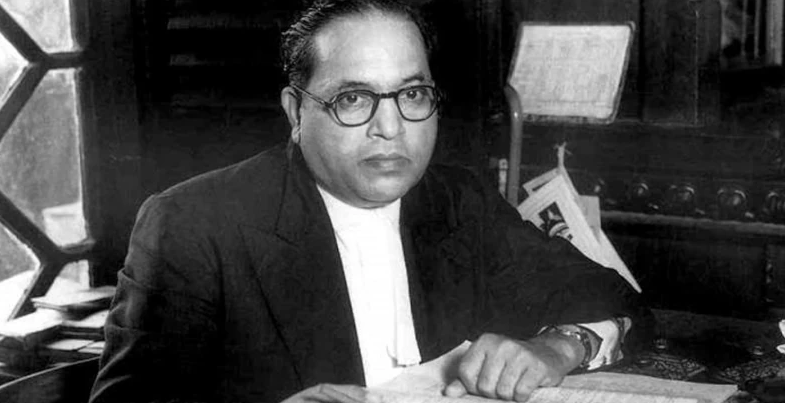
Dr. Bhimrao Ramji Ambedkar exhibited leadership through his role as the "Architect of the Indian Constitution" while leading as a social reformer during his remarkable career as a modern Indian historical figure. Dr. Bhimrao Ramji Ambedkar born on April 14, 1891 in Mhow Madhya Pradesh started his life in the town where his path to justice and equality would blend with the struggle of Dalits facing systematic caste oppression. Through his unremitting efforts to grant Dalits social elevation while building India's democratic structure he established a permanent national achievement.
Context:
-
On Monday 14th April 2025, the 135th birthday commemoration of Dr. B.R. Ambedkar will occur at Prerna Sthal located on Parliament House lawns in New Delhi.
Early Life and Struggles:
-
Dr. Ambedkar originated from the Mahar caste where Hindu society labeled this group as untouchable.
-
Dr. B.R. Ambedkar was born to his father Ramji Maloji Sakpal who fought in the British Indian Army while his mother Bhimabai handled domestic duties as a homemaker.
-
Ambedkar developed his lifetime mission to fight against the caste system after enduring extreme social segregation as a child in his communities.
-
During his childhood years Ambedkar suffered tremendous difficulties that shaped his later life.
Educational Journey:
-
The academic accomplishments of Ambedkar rank among the most impressive of his era. Ambedkar managed to overcome caste discrimination although it did not stop him from becoming the most educated Indian during his time.
-
Ambedkar's educational journey included:
-
Early Education:
-
In 1907 Ambedkar achieved his matriculation diploma then enrolled at Elphinstone College in Mumbai to study Economics and Political Science and earned his B.A. degree in 1912.
-
-
Higher Studies Abroad:
-
During 1913 the Maharaja Sayajirao Gaikwad of Baroda agreed to provide Ambedkar with an educational scholarship for studying abroad.
-
The M.A. degree program at Columbia University in 1916 allowed him to produce the thesis titled "The Administration and Finance of the East India Company".
-
His academic achievements at the London School of Economics (LSE) earned him extensive recognition as one of the most well-educated persons during that period through his Ph.D. and D.Sc. in Economics.
-
-
Advocacy for Dalit Rights:
-
Throughout his life Ambedkar dedicated himself to fighting on behalf of Dalits because he fought against their harsh caste-based mistreatment.
-
According to him social justice together with equality were essential elements for India to advance as a nation.
-
Ambedkar focused his advocacy for Dalit rights through several significant events which include:
-
Annihilation of Caste (1936):
-
Through his book "Annihilation of Caste" Ambedkar pushed for ending both the Hindu orthodox and the caste system through its abolition.
-
As a result the work served to rally Dalits and progressive thinkers throughout India against caste oppression.
-
-
Scheduled Castes Federation (1942):
-
After evolving into the Scheduled Castes Federation, the party established its mission to protect the civil rights of Dalits while working for their representation in political institutions.
-
-
Role in Constitutional Reform and the Indian Constitution:
-
As Chairman of the Drafting Committee of the Indian Constituent Assembly Dr. Ambedkar made his most important contribution toward shaping Indian society.
-
Ambedkar brought to life the Indian Constitution through his drafting leadership so it would secure basic respect and equal protection for all citizens but specifically target the disadvantaged communities.
-
Several provisions within the Constitution examples the vision he established for democratic India with complete separation between state and religion as well as full inclusivity for all citizens.
-
Citizenship rights should protect the equality and rights of all people with a special focus on safeguarding Dalit and female rights.
-
Untouchability elimination received protection through the law because Ambedkar fought to make it a punishable offense.
-
He advocated that affirmative action should serve both Dalits and socio-economically disadvantaged tribes to create their advancement possibilities.
Poona Pact and the Fight for Dalit Political Rights:
-
Dr. Ambedkar distinguished himself by creating a pivotal advancement in the Dalit efforts to obtain political rights through his involvement in the Poona Pact of 1932.
-
The British Communal Award initially provided Dalits with separate electorates but Dr Ambedkar had to negotiate with Mahatma Gandhi when the leader opposed this system for proposing divisions within Hindu society.
-
The individuals reached an agreement to provide Dalits with reserved seats in normal electoral constituencies instead of maintaining separate voting groups.
Conversion to Buddhism:
-
During his last years Dr. Ambedkar rejected Hinduism because of its caste-based prejudice and decided to join Buddhism.
-
During the ceremony held in Nagpur on October 14, 1956 Dr. Ambedkar and approximately 500,000 other followers joined Buddhism together.
-
Ambedkar considered Buddhism as a doctrinal system which expressed his life-long dedication to fair treatment by pursuing freedom and equality and mutual brotherhood.
Legacy and Influence:
-
The legacy produced by Dr. Ambedkar has deep and extensive effects.
-
Following his position as Law Minister he maintained his advocacy for marginalized groups in India.
-
Through his dedication he built the basis for India to evolve into a more impartial and diverse nation.
-
Through his progressive thinking about social and political equality Ambedkar launched movements that have inspired Dalit rights campaigns and support for gender equality and social justice efforts in India as well as worldwide.
Conclusion:
The contributions Dr. Bhimrao Ramji Ambedkar made to the creation of the Indian Republic are without parallel. Many millions of people stay inspired by his constant battle against caste oppression and his pioneering contribution to the Indian Constitution creation and his clear leadership toward an inclusive and equitable society. Ambedkar serves as a permanent manifestation of opposition against persecution while fighting for civil rights together with social equality and justice in society. The enduring value of his accomplishments will aid India on its path to build a society that is fair and inclusive.



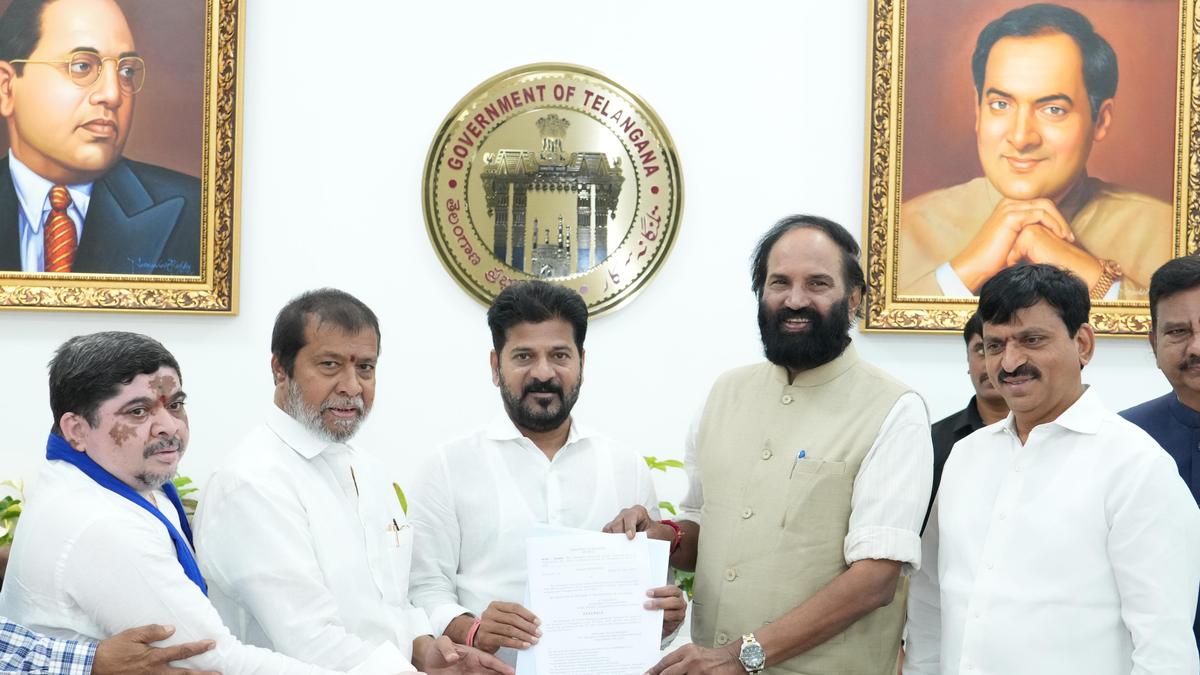 Telangana Becomes First State to Enforce SC Sub-Categorisation with 2025 Act
Telangana Becomes First State to Enforce SC Sub-Categorisation with 2025 Act Operation Chakra V: Tackling Digital Arrest Cyber Frauds in India
Operation Chakra V: Tackling Digital Arrest Cyber Frauds in India Naxalmukt Bharat Abhiyan: From Red Zones to Growth Corridors
Naxalmukt Bharat Abhiyan: From Red Zones to Growth Corridors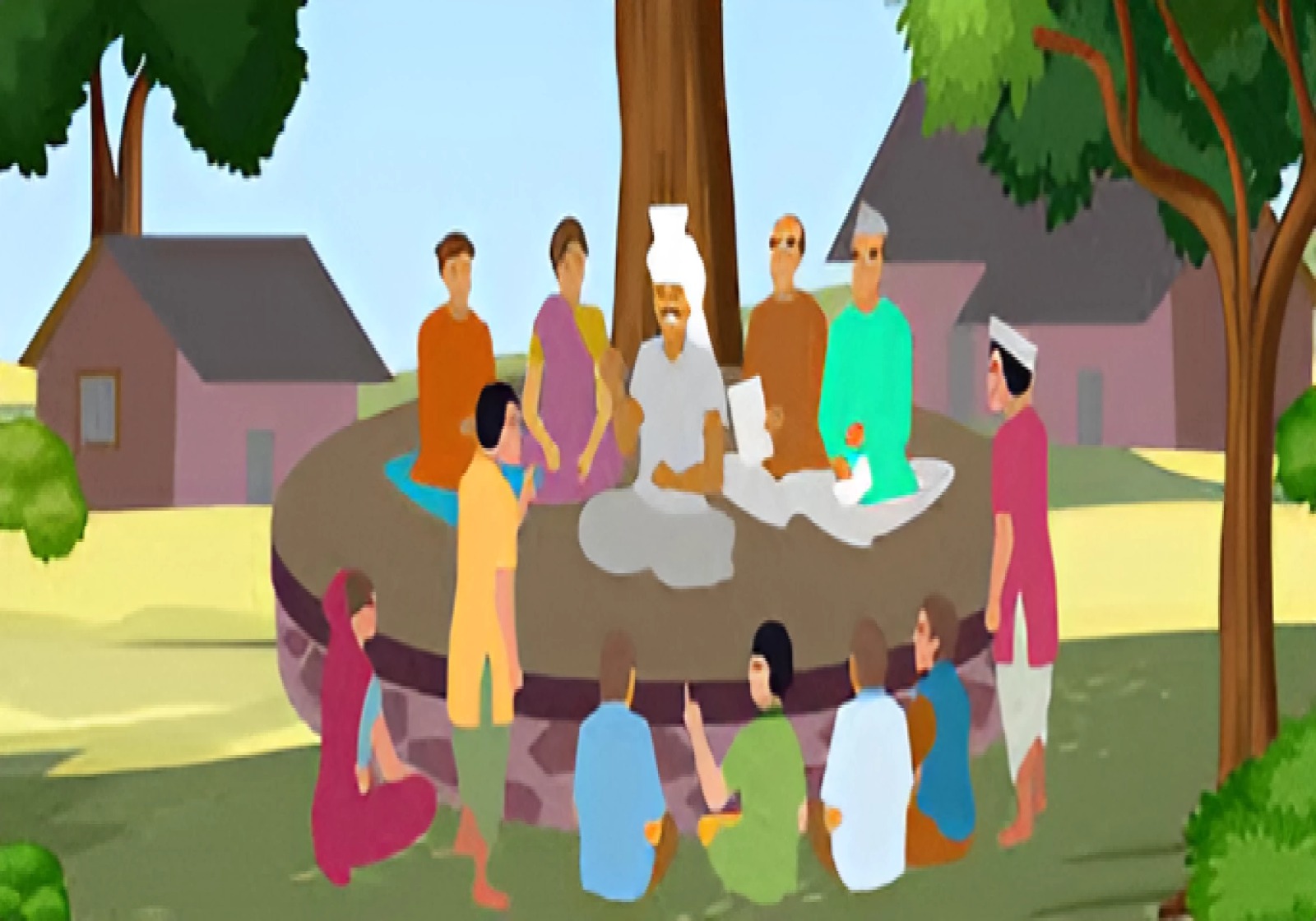 First Panchayat Advancement Index (PAI) Report Released – Gujarat & Telangana Lead
First Panchayat Advancement Index (PAI) Report Released – Gujarat & Telangana Lead Niveshak Didi Initiative Phase 2 Launched to Promote Financial Literacy Among Rural Women
Niveshak Didi Initiative Phase 2 Launched to Promote Financial Literacy Among Rural Women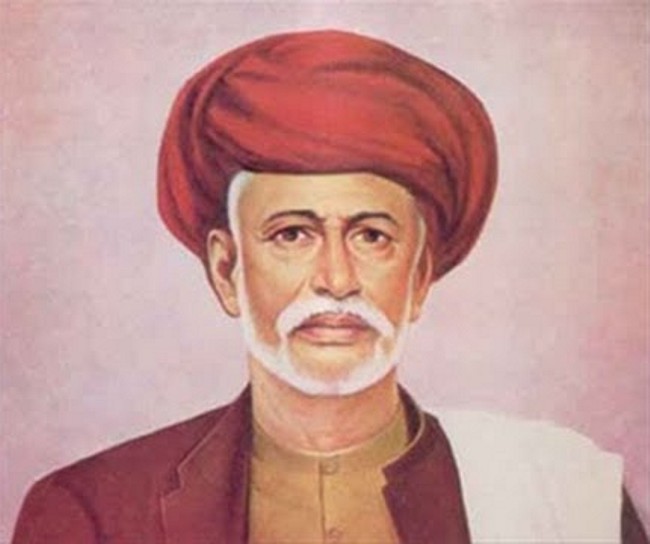 Jyotiba Phule: The Radical Reformer India Still Needs to Learn From
Jyotiba Phule: The Radical Reformer India Still Needs to Learn From World Homoeopathy Day 2025: Celebrating Dr. Samuel Hahnemann's Legacy
World Homoeopathy Day 2025: Celebrating Dr. Samuel Hahnemann's Legacy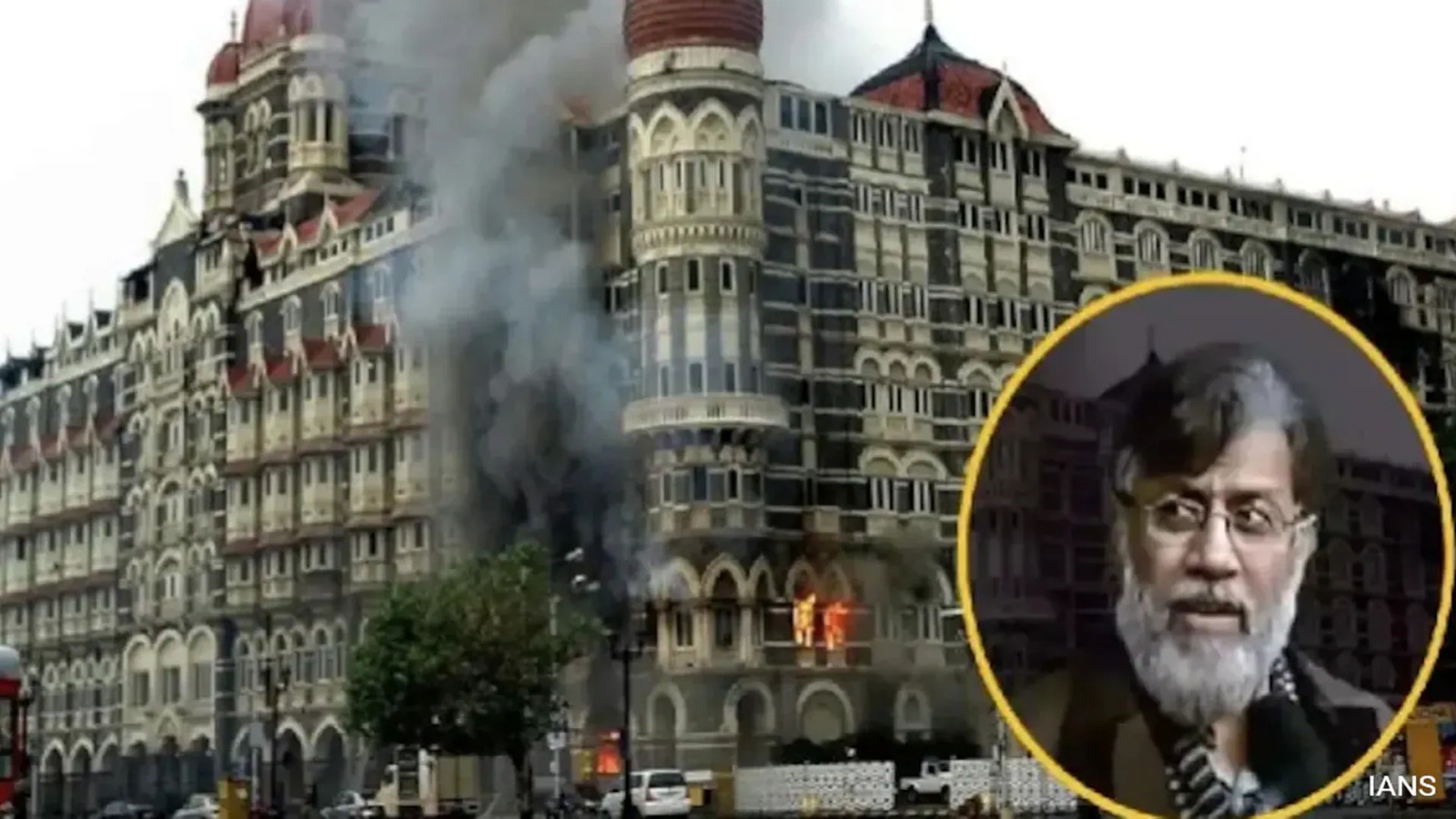 Tahawwur Rana Extradited to India: What Comes Next in the 26/11 Case?
Tahawwur Rana Extradited to India: What Comes Next in the 26/11 Case? PM Modi Inaugurates Navkar Mahamantra Divas to Promote Jain Ethics Globally
PM Modi Inaugurates Navkar Mahamantra Divas to Promote Jain Ethics Globally






